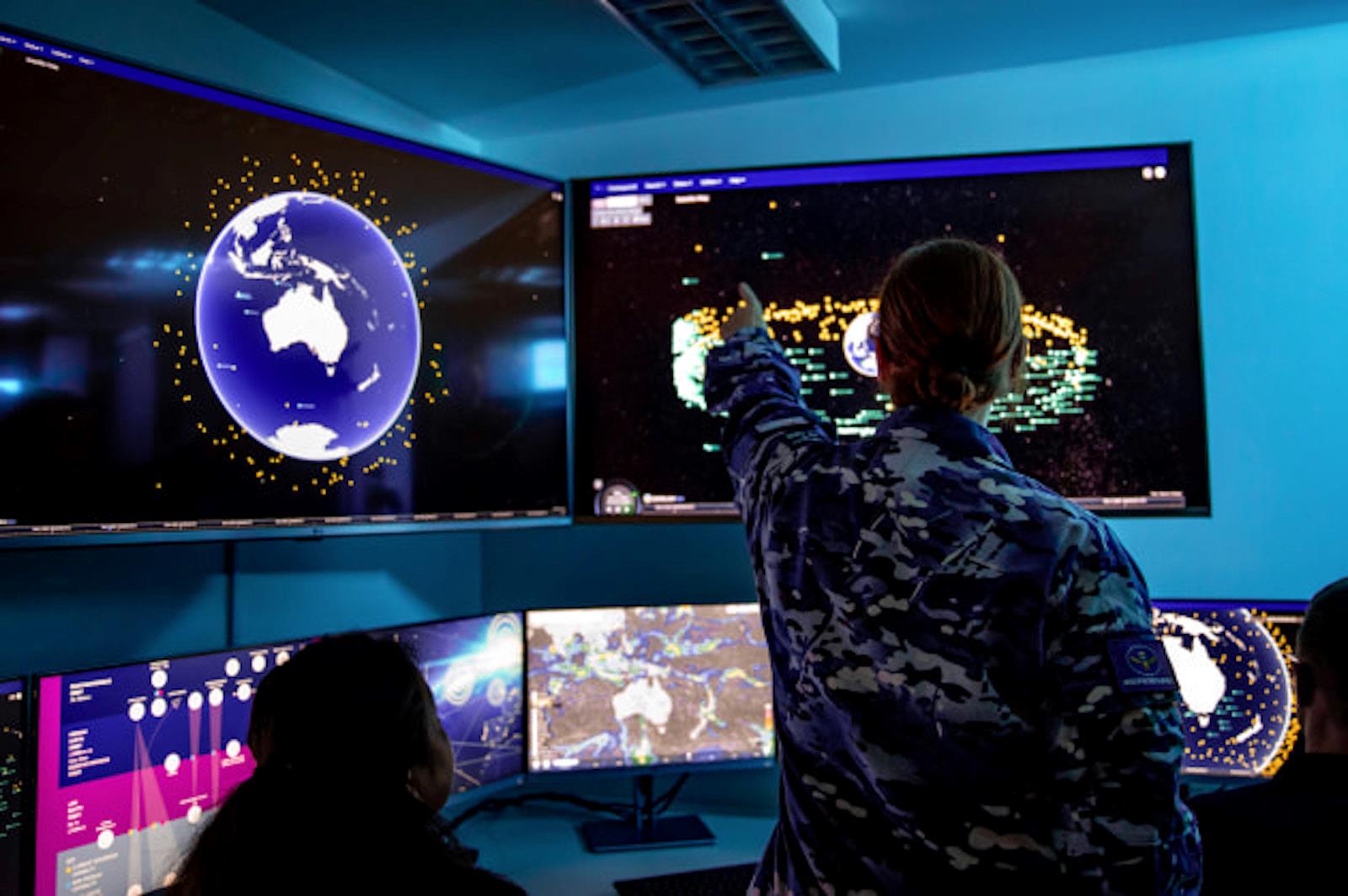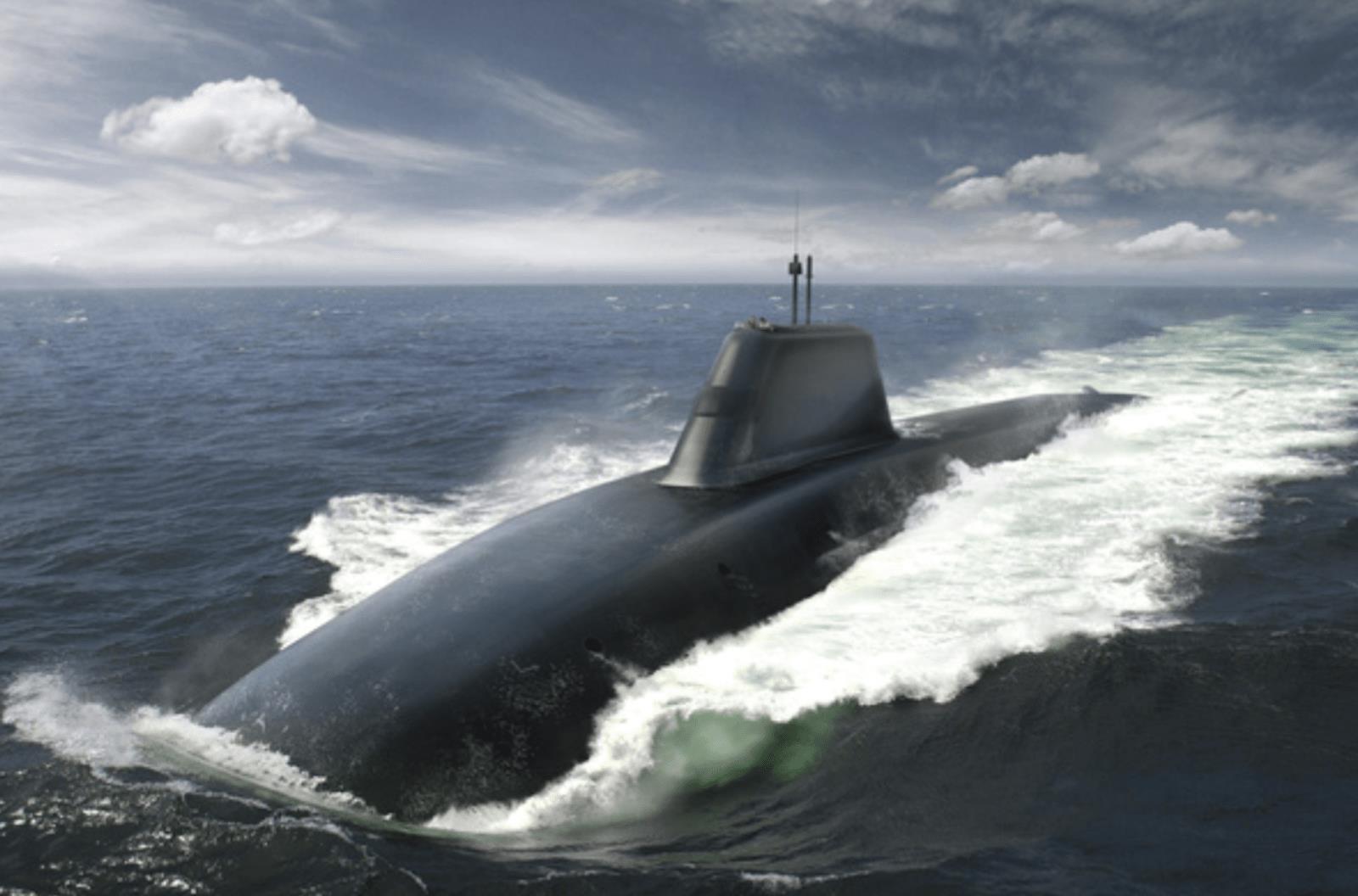(MENAFN- Asia Times) Australia plans to build crucial space capabilities to support its planned nuclear submarines and missile defense, the next big step in the high-tech AUKUS alliance that aims to put China in strategic check.
this week, the guardian reported that the Australian Ministry of Defense (Defense Australia) plans to construct a“satellite mesh” that is capable of communicating among its satellites as well as friendly assets on the ground. The report said the mesh aims to be“scalable, rapidly deployable, and reconstitutable.”
The planned satellite constellation will also be capable of tracking high-velocity projectiles such as ballistic and hypersonic missiles, designed to be resilient to electronic warfare and cyberattack, and be able to receive and transmit data from assets at any global position.
The report notes that Defense Australia has requested information on a space-based data transport and relay network (DTRN), envisioned as a flexible and configurable global converged network in space that draws on multiple security domains to disseminate defense data.
Although Australia's plan to acquire nuclear submarines from AUKUS has dominated recent media headlines, The Guardian notes that the development of space-based capabilities to support other projects, such as AI, drones, and quantum computing, has been widely overlooked.
However, AUKUS may be getting ahead of itself in planning several high-tech projects without building the space-based infrastructure to support these capabilities, The Guardian report suggests.
In the context of Australia's planned nuclear submarines, The Guardian mentions that the planned satellite mesh will enable communications via laser link and potentially become potent space-based anti-submarine sensors.
Australia's decision to build its own military satellite constellation aims to maintain strategic autonomy, bolster its missile defense capabilities vis-à-vis China and detect enemy submarines.
Australia's announcement to establish a satellite constellation follows its decision last year to establish a space command.

Australia is putting defensive emphasis on space. Image: Australia Military Magazine / Twitter / Screengrab
asia times reported in march 2022 that Australia's Defense Space Command will develop space-based capabilities to protect its intelligence, surveillance, and reconnaissance (ISR) assets from emerging threats to space-based assets from China and Russia.
Although Australia has extensive defense cooperation with the US and can rely on it to some extent for space-based military capabilities, there is still a national need for autonomous space-based capabilities.
Missile defense and tracking enemy submarines may become additional mission areas for Australia's Defense Space Command, whose current missions include using reversible and irreversible methods to disable or destroy enemy space assets and ensure resilient space-based infrastructure in the event of a major regional conflict.
Regarding bolstering defense against hypersonic weapons, Australia's planned military satellite constellation may mirror the architecture of the US' next-generation space-based missile defenses.
asia times reported in june 2022 that the US had announced plans to spend US$13 billion to develop advanced satellites that can track hypersonic missiles, predict their targets and enable friendly forces to intercept them. L3Harris Technologies and Northrop Grumman Strategic Space Systems are the primary contractors for the project.
This change also represents a fundamental shift in US space-based missile defenses, with the current architecture in place unable to track hypersonic weapons and reliant on a few large and expensive satellites that have a 15-year orbit lifespan.
In contrast, the new US missile defense architecture will feature a two-tier architecture, with the first tier consisting of hundreds of Low Earth Orbit (LEO) satellites to warn against hypersonic missile launches and the second tier, known as the Hypersonic and Ballistic Tracking Space Sensor (HBTSS) satellite constellation in Medium Earth Orbit (MEO), providing a weapons-quality track on hypersonic missiles to enable intercepts.
Australia's planned military satellite constellation may also be used to track Chinese and Russian submarines operating in the Pacific.
this month, asia times noted that advances in sensor technology and open-source intelligence such as high-resolution commercial satellite imagery, synthetic aperture radar, hydroacoustic monitoring, and social media can make the oceans“transparent,” essentially negating by 2050 any stealth advantages submarines now offer.

AUKUS will provide Australia with nuclear submarines. Credit: BAE Systems
Space-based military technologies are a crucial area of cooperation for the techno-centric AUKUS alliance.
in an october 2021 article for the strategist , Malcolm Davis notes that AUKUS will likely focus on augmenting and improving existing space-based infrastructure with numerous low-cost satellites and CubeSat constellations.
The alliance will also aim to build standard satellite technologies to accelerate innovation cycles and enable rapid expansion of space-based military infrastructure.
Australia's planned military satellite constellation is typical of AUKUS' techno-centric orientation.
asia times noted this month that this level of technology sharing involving nuclear, marine propulsion, hypersonic engines and military satellite technology happens only in the tightest of alliances, characterized by ingrained trust, common culture and deep institutionalization of defense ties.
That gives AUKUS an advantage over other security arrangements in the Pacific where these factors are lacking, including the four-member, US-led Quad.
Despite those advantages, AUKUS faces several challenges as an emerging security bloc. for example, in a september 2022 article for the strategist , Iain MacGillivray and other writers note that AUKUS lacks a well-defined strategic goal aside from the rhetoric of defending the“rules-based international order” and deterring China.
They wrote the alliance lacks an appreciable narrative and framework beyond being a security bloc of Anglosphere countries, and has not as of their writing substantially engaged the commercial sector and broader society to further its stated objectives.